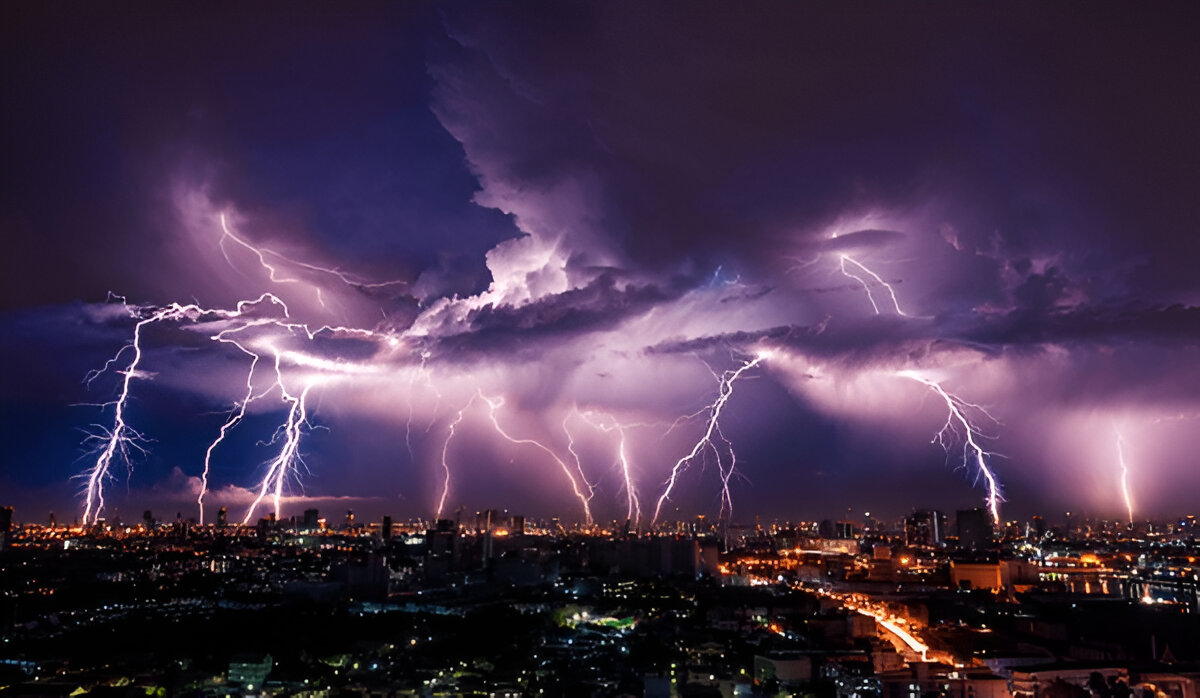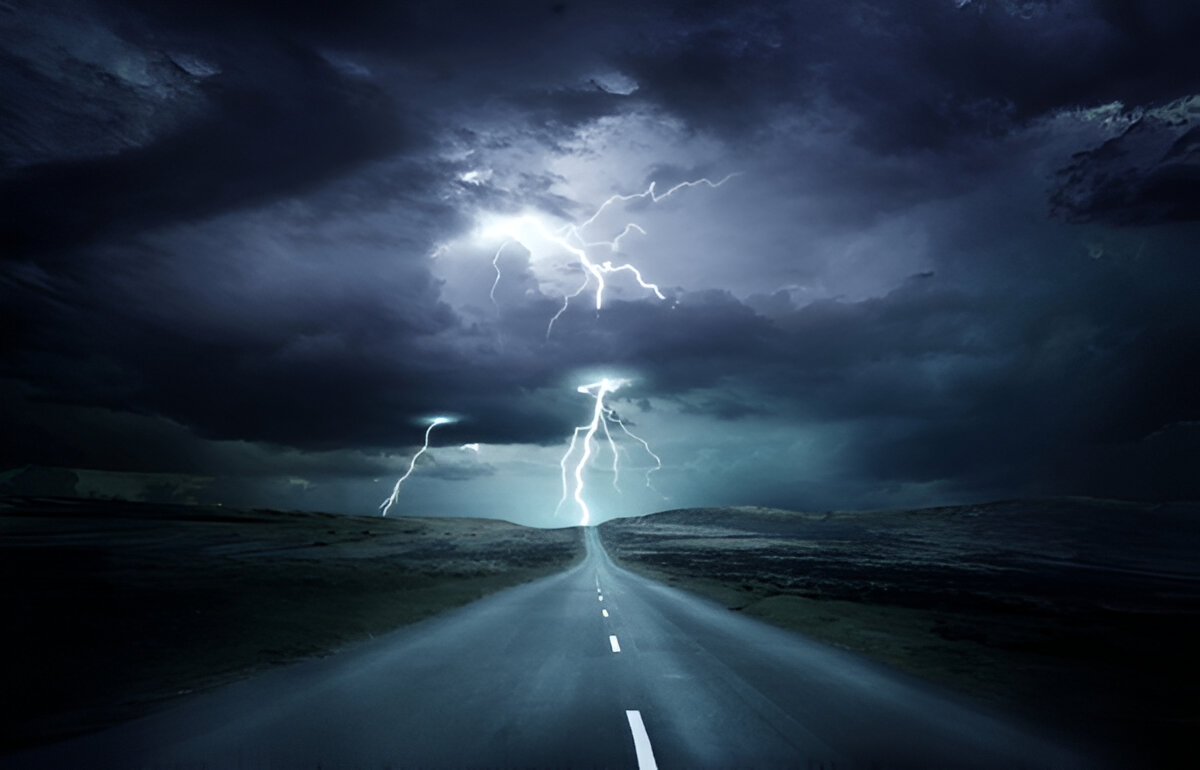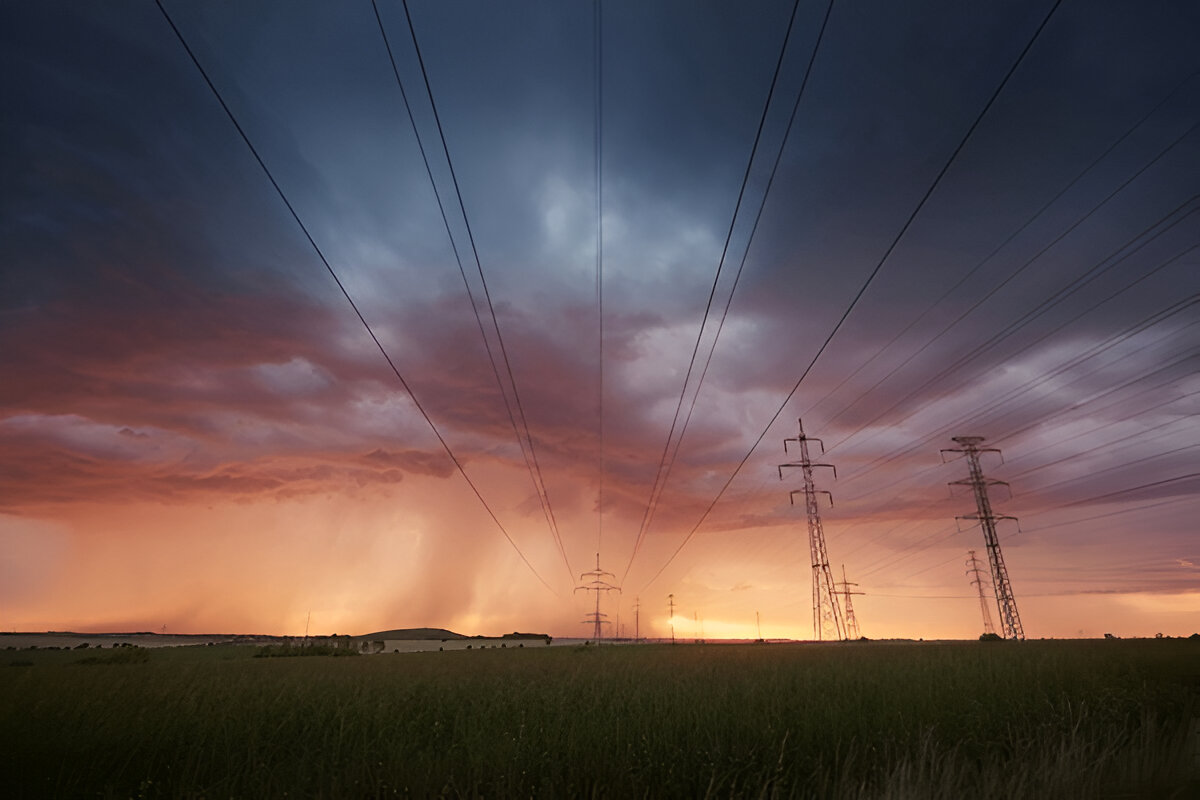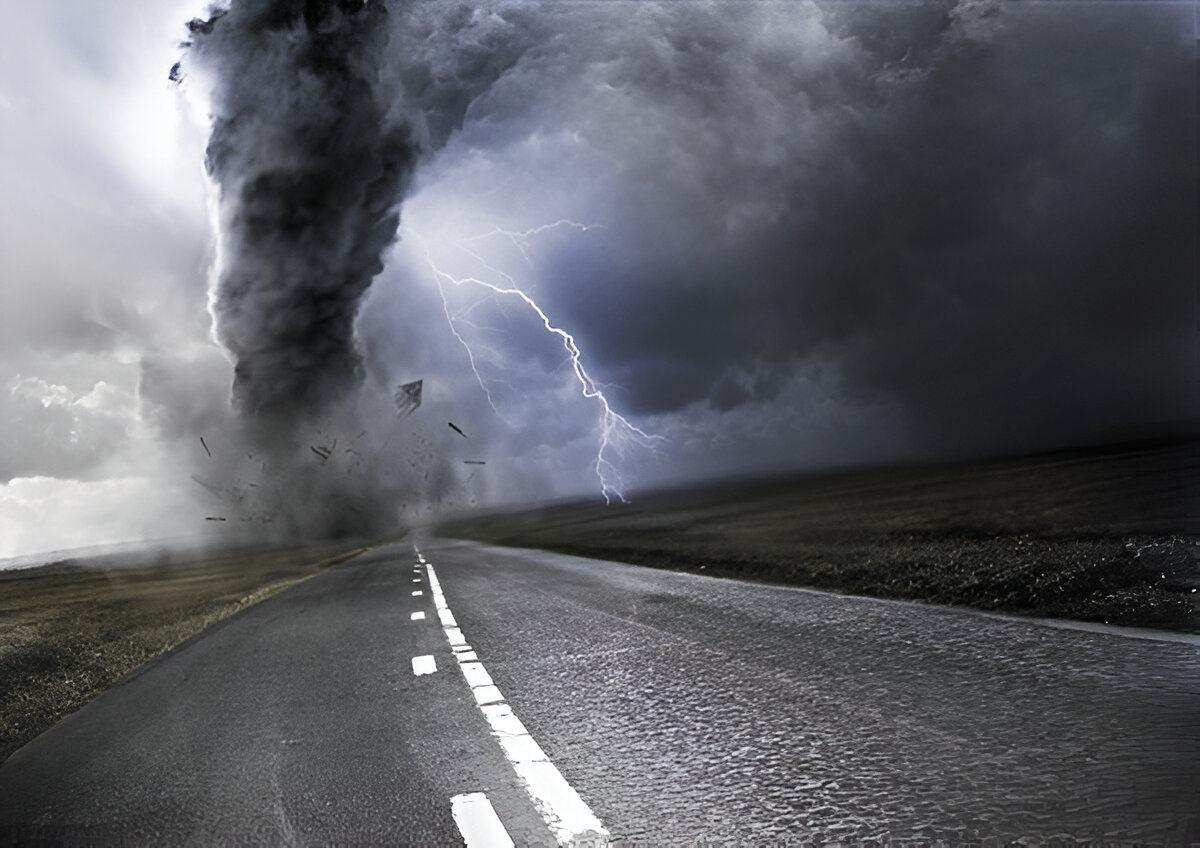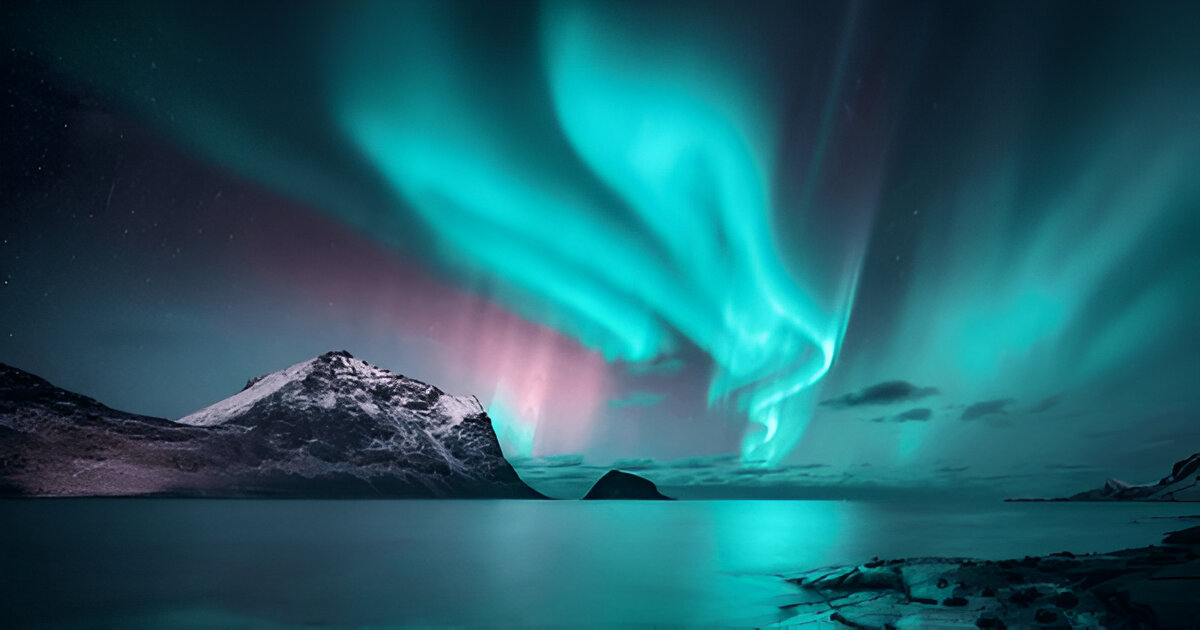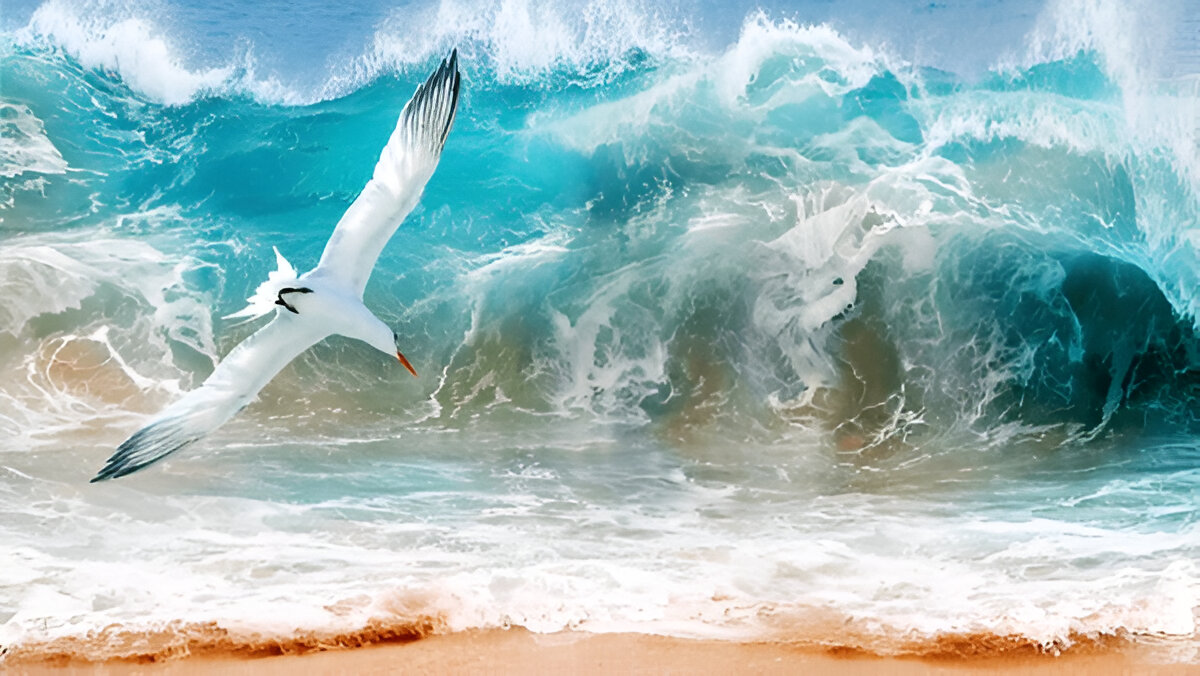
For those with a passion for adventure and a deep curiosity about nature’s most extreme forces, storm chasing offers an unparalleled opportunity to experience the awe-inspiring power of storms up close. Whether it’s tracking down tornadoes, following the path of a hurricane, or simply observing a powerful thunderstorm, storm chasing combines danger with beauty and discovery. In this article, we’ll explore the world of storm chasing, highlight the best places to pursue this extreme adventure, and offer important tips for staying safe while seeking out nature’s raw power.
What is Storm Chasing?
Storm chasing is the practice of following and observing intense weather events, such as tornadoes, thunderstorms, hurricanes, and other severe meteorological phenomena. While many people experience these events from a distance, storm chasers venture into the heart of these storms to study and witness their power firsthand.
Storm chasers are typically driven by a combination of curiosity, fascination, and a desire to document and understand how these storms form and behave. Some are meteorologists studying the atmosphere, while others are thrill-seekers looking for an adrenaline rush. Regardless of motivation, storm chasing requires thorough knowledge, skill, and preparation.
Top Destinations for Storm Chasing
If you’re ready to embrace the thrill of chasing storms, here are some of the best places to do it:
- Tornado Alley, USA
Tornado Alley is arguably the most famous destination for storm chasers. Spanning across the central United States, including states like Kansas, Oklahoma, Nebraska, and Texas, this region is known for its intense tornado activity. The warm, moist air from the Gulf of Mexico meets the cooler, dry air from the Rocky Mountains, creating the perfect conditions for tornadoes to form.During spring, tornado season is in full swing, and storm chasers from all over the world descend on Tornado Alley to track these unpredictable and dangerous storms. With the right equipment, including radar systems, GPS trackers, and storm shelters, chasers can get close to the action while staying safe. - The Gulf Coast, USA (Hurricanes)
The Gulf Coast, stretching from Texas to Florida, is a prime location for observing and studying hurricanes. The warm waters of the Gulf of Mexico fuel powerful storms that can cause widespread destruction, but they also offer storm chasers a unique opportunity to see nature at its most formidable.From Miami to New Orleans, these cities are often in the path of powerful hurricanes that form during the Atlantic hurricane season (June to November). Chasers here use advanced technology such as satellite data, drones, and weather stations to track hurricanes and monitor their intensity. Observing these storms up close is an incredible experience, but it should always be done with expert guidance and proper safety measures. - The Great Plains, USA (Severe Thunderstorms)
While Tornado Alley is renowned for its tornadoes, the Great Plains region of the United States is known for its incredible severe thunderstorms. Spanning from Kansas to South Dakota, the Great Plains offer some of the most dramatic thunderstorm displays in the world. These storms can produce hailstones the size of golf balls, intense lightning strikes, and powerful winds.Weather chasers flock to this area in the spring and summer months to witness these storms. Many storm chasers focus on gathering data about supercell thunderstorms, which have the potential to produce tornadoes. The region is also home to a wealth of information about storm development, which is crucial for meteorologists studying severe weather. - The Norwegian Coast (Storms and Northern Lights)
For those who prefer cold weather, the Norwegian Coast offers the chance to experience some of the most dramatic storms in Europe. Coastal regions like Lofoten and Tromsø experience powerful winter storms that sweep across the North Sea. The combination of fierce winds, snow, and freezing temperatures creates a challenging but fascinating environment for weather chasers.In addition to tracking winter storms, the region is also known for the Northern Lights—a stunning weather phenomenon that attracts visitors from around the world. Chasing winter storms in this area requires special preparation, as the conditions can be extremely hazardous, but the experience of witnessing both the storms and the aurora borealis makes it a unique destination. - The Indian Ocean (Cyclones and Monsoons)
The Indian Ocean region is home to some of the most intense cyclones and monsoons in the world. Countries like India, Sri Lanka, Bangladesh, and the Maldives experience intense seasonal storms that often cause significant damage. Cyclones in this region can bring powerful winds, torrential rain, and flooding, making them a thrilling yet dangerous storm-chasing opportunity.The monsoon season in India, which occurs between June and September, brings heavy rainfall to many parts of the country. Storm chasers flock to coastal areas during this time to see the power of the rainstorms and the effects of flooding. Cyclones, typically forming from tropical depressions, often hit around the same time, creating a dramatic mix of storms to chase. - Australia’s Outback (Dust Storms and Extreme Heat)
The Australian Outback offers a completely different storm-chasing experience. Known for its dust storms and extreme temperatures, the Outback is a vast desert landscape that can heat up to 40°C (104°F) or more during the summer months. Dust storms in this region can reduce visibility to near zero, creating an eerie and powerful spectacle.These storms are caused by dry conditions and high winds that pick up dust and debris, creating massive clouds of dust that can travel for miles. Storm chasers in Australia often track these dust storms while also braving the harsh conditions of the Outback, where temperatures can soar and resources are scarce.
Safety Tips for Storm Chasers
While storm chasing can be an exciting and educational experience, it also comes with significant risks. To stay safe while chasing storms, keep these tips in mind:
- Do Your Research
Before heading out to chase a storm, make sure you understand the specific weather conditions in the area you’re visiting. Stay informed about any warnings, watches, or advisories from local authorities. - Invest in the Right Gear
Whether you’re chasing tornadoes or cyclones, you’ll need the proper gear. This includes weather-resistant clothing, radar devices, GPS systems, and weather monitoring apps. If you’re driving, a reliable vehicle and backup supplies are essential. - Always Have a Plan
Storm chasing can be unpredictable, so it’s important to have a plan in place. Know your route, have an emergency exit strategy, and always stay up-to-date on weather forecasts. Having a solid plan ensures that you can exit the storm area safely if conditions worsen. - Never Chase Alone
It’s always better to chase storms with a group of experienced storm chasers or guides. If you’re a beginner, consider joining a guided storm-chasing tour. These tours have safety protocols in place to keep you safe while still allowing you to enjoy the excitement of chasing extreme weather.
Conclusion
Storm chasing is not just about the thrill—it’s about understanding nature’s power and the science behind it. Whether you’re following tornadoes across Tornado Alley, tracking hurricanes along the Gulf Coast, or braving the dust storms in the Australian Outback, storm chasing offers a unique and adrenaline-pumping way to explore the world.
But it’s essential to approach this hobby with care and respect for the weather. Proper preparation, knowledge, and safety precautions will ensure that your storm-chasing adventure is both exciting and safe. So, pack your gear, plan your trip, and get ready for the storm of a lifetime.

